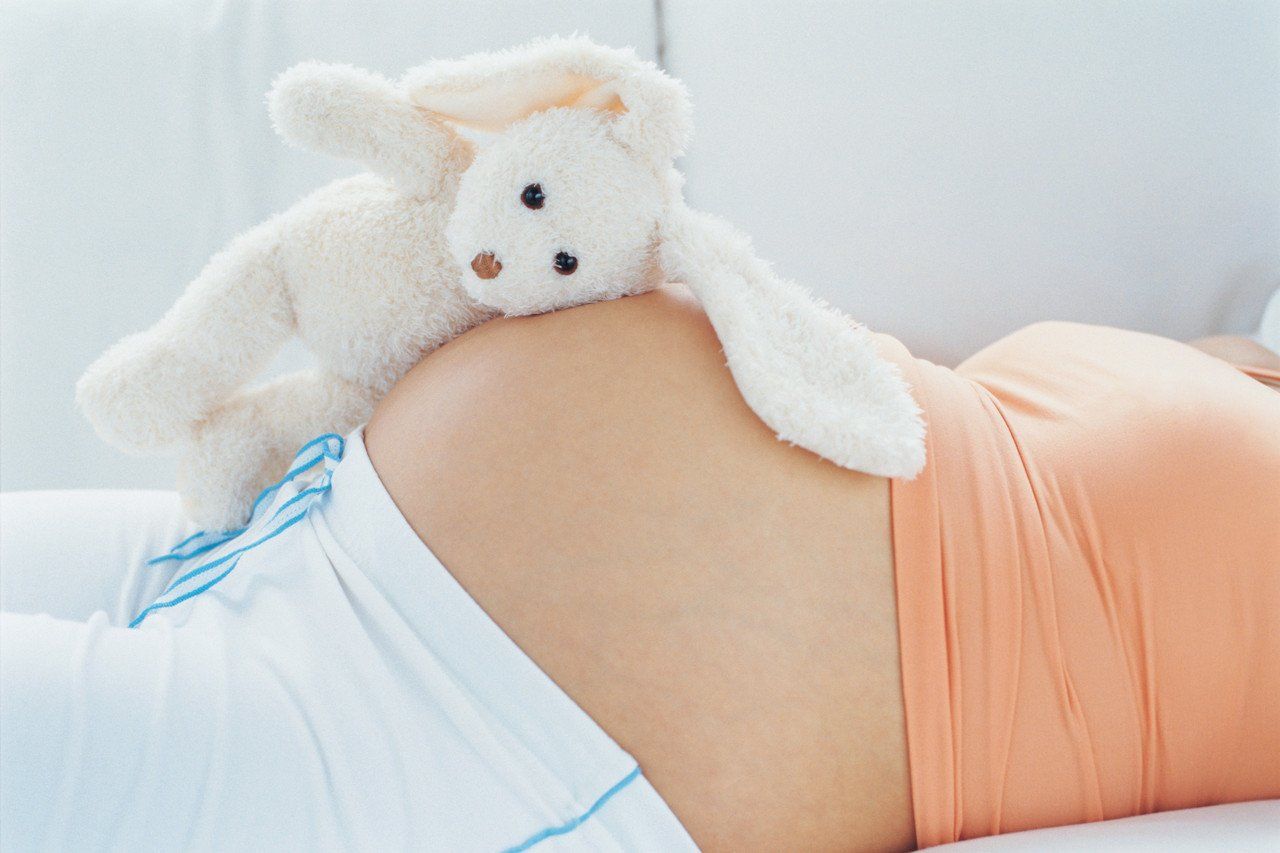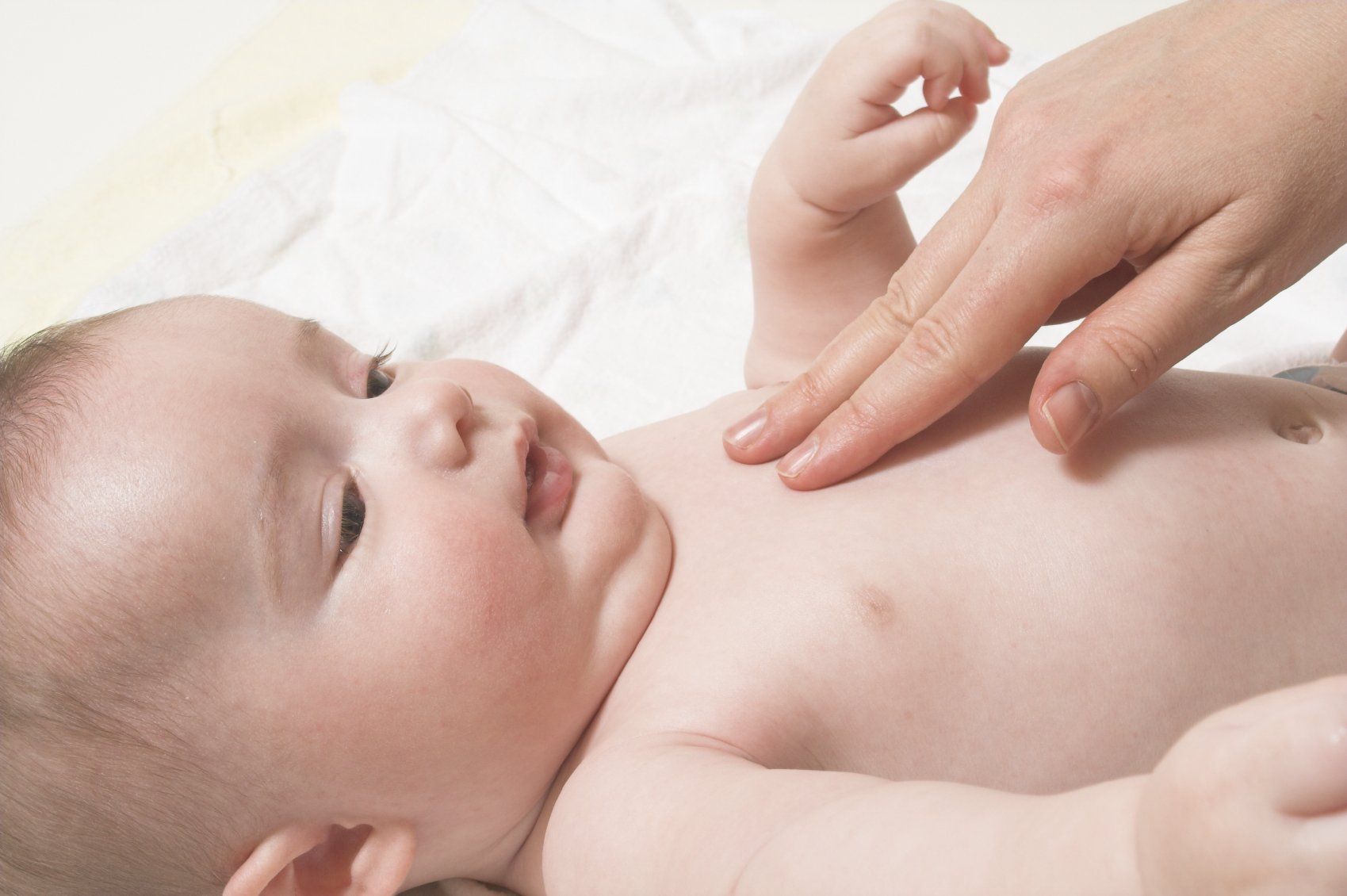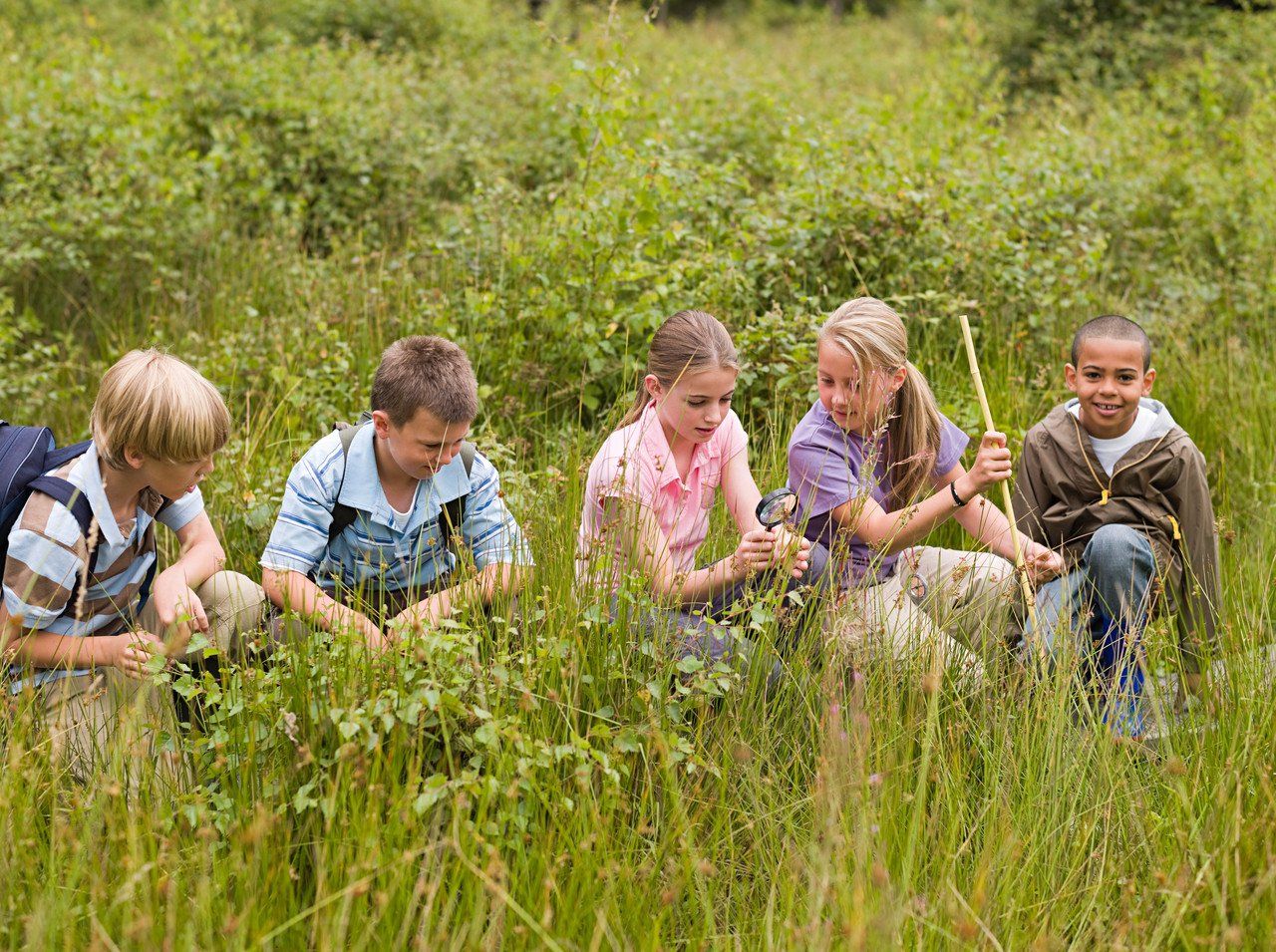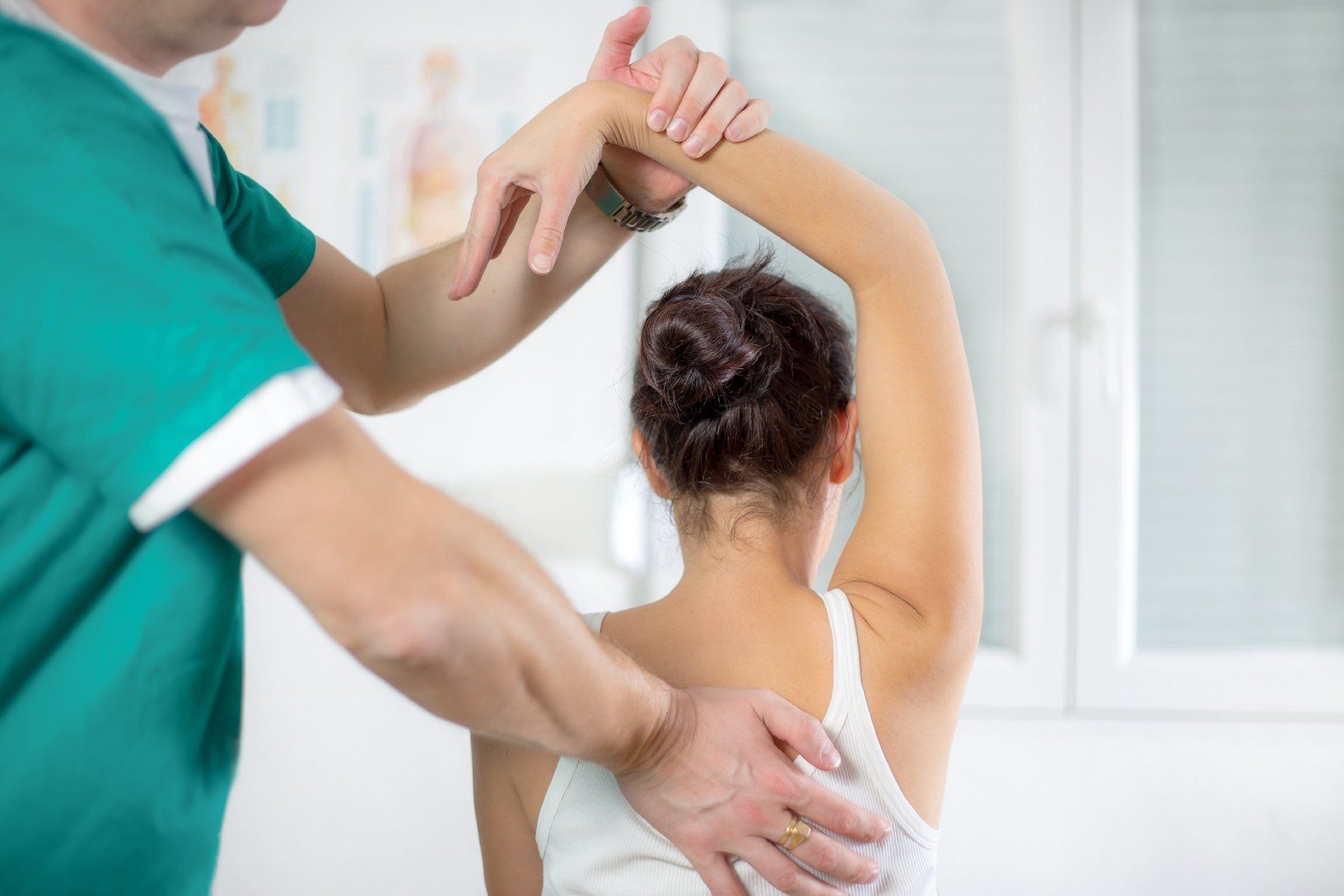Parents & children
Discover the benefits of osteopathy for mothers, babies & children
Osteopathic treatment from pregnancy to adulthood
Osteopathic treatment offers a wonderfully gentle way of helping the body adapt to the changes which are taking place during pregnancy, helping to relieve aches and pains as the mother’s body tries to accommodate the growing baby.
Mothers
Osteopathic treatment can help with low back pain, hip and pelvic pain, neck and shoulder pain, heartburn, indigestion, SPD (symphysis pubis dysfunction), post-natal coccyx (base of the spine) pain, mid back pain due to breast feeding – to name just a few.
Osteopaths may also advise on posture and show some self-help techniques for the mother and her partner to do during labour.
The mother is usually advised to return from between 4 to 6 weeks after birth for a post-natal check-up to restore pelvic joint function.


Osteopathy for babies
Not all babies cope well with the powerful processes of birth as they pass down the birth canal. Tension in the skull can keep the baby in an alert state so the baby has difficulty sleeping.
Cranial osteopathy is a very gentle, safe and effective form of osteopathy, and is offered to babies to help them overcome these difficulties.
Often the baby is relaxed after the treatment and sleeps well. Others become more energetic for a while but sleep well that night, whilst others may take a few days to settle after a treatment.
Osteopathy for children & teenagers
Toddlers become children and children become teenagers - and for all of them, their bodies undergo considerable and often rapid change.
A younger child may be susceptible to ear, chest and sinus infections, whilst an older child may have asthma, and the young footballer may be diagnosed with Osgood-Schlatters disease.
For the teenager the school bags become heavier whilst their posture develops the ‘slouch’ - especially with the increasing use of laptops.

During these years, many young people take part in a high level of various sports and recreational activities frequently resulting in injuries which if not treated when young can become a problem later in life.
Many older teenagers also start to take on part-time work which introduces them to yet more physical demands on their still growing and changing bodies.
These difficult and increasing demands carry the risk of injury and structural stress that if not treated now can lead to more chronic conditions in adulthood.
So called growing pains are frequently no more than this. However, all teenagers complaining of back pain should be examined and assessed in order to be clear of the underlying cause.

How an osteopath can help your child
Osteopaths are trained professionals skilled in being able to examine, assess, diagnose and treat those injuries and conditions.
The osteopath will help the body to adapt to the growth changes and to accommodate the effects of hormones, including their effects on the circulation and metabolism as well as on the musculo-skeletal system.
The osteopath will also be able to offer advice on posture and exercise so that the postural stress has less chance of becoming a postural habit.
Some osteopaths may recommend annual check-ups for your child to prevent these injuries/stresses developing or becoming a problem in later life
Speak to your osteopath about “spinal assessments”. Osteopaths can make a full spinal assessment of your child to ensure that any spinal curvatures are detected early on in development. This will aid in monitoring changes and help with any future treatment programme. The osteopath can offer lifestyle advice, or onward referral to another specialist if necessary.